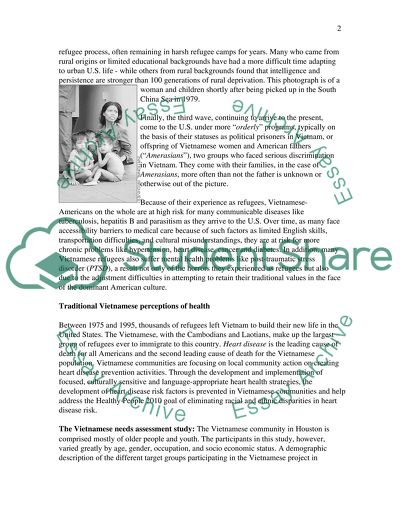Cite this document
(“Vietnamese Cultural Health Essay Example | Topics and Well Written Essays - 2000 words”, n.d.)
Retrieved from https://studentshare.org/miscellaneous/1503446-vietnamese-cultural-health
Retrieved from https://studentshare.org/miscellaneous/1503446-vietnamese-cultural-health
(Vietnamese Cultural Health Essay Example | Topics and Well Written Essays - 2000 Words)
https://studentshare.org/miscellaneous/1503446-vietnamese-cultural-health.
https://studentshare.org/miscellaneous/1503446-vietnamese-cultural-health.
“Vietnamese Cultural Health Essay Example | Topics and Well Written Essays - 2000 Words”, n.d. https://studentshare.org/miscellaneous/1503446-vietnamese-cultural-health.


